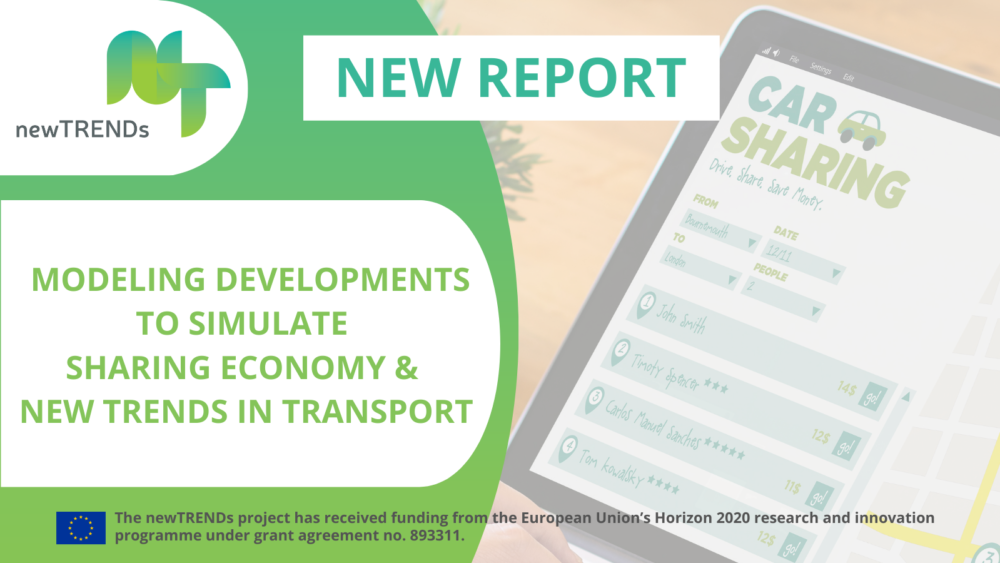This report focuses on advancing existing modeling approaches and, in particular, towards incorporating shared mobility in transport, seen as an environmentally-sustainable alternative to car ownership and, therefore, a shift towards higher energy efficiency in the transport sector.
Shared mobility in transport has several options characterized by differences in decision criteria, cost structures and tangible or intangible parameters that ultimately affect the uptake of shared mobility. Energy systems modeling may help project the future demand for the different options. However, owing to these characteristics, shared mobility has not been represented adequately in energy systems modeling. This report therefore presents a model developed to quantify shared mobility in different contexts (e.g., business-as-usual conditions, decarbonization), to demonstrate different dynamics observed, and assess the extent to which shared mobility can contribute to decarbonization efforts. The PRIMES-SHAREM Demand model enhances the modeling capabilities of the PRIMES-TREMOVE transport model by taking explicitly into account the following shared mobility options: car-service, car-pooling and car-sharing.
To demonstrate the model, two scenarios were quantified as a case study for a single country, in Italy. The Base scenario examines the development of shared mobility under the continuation of existing policies. The Decarb scenario examines the development of shared mobility in a context in which the energy system (and to a large extent road transport) achieve zero carbon emissions in road transport by 2050.
Full report available here.



Comments are closed.